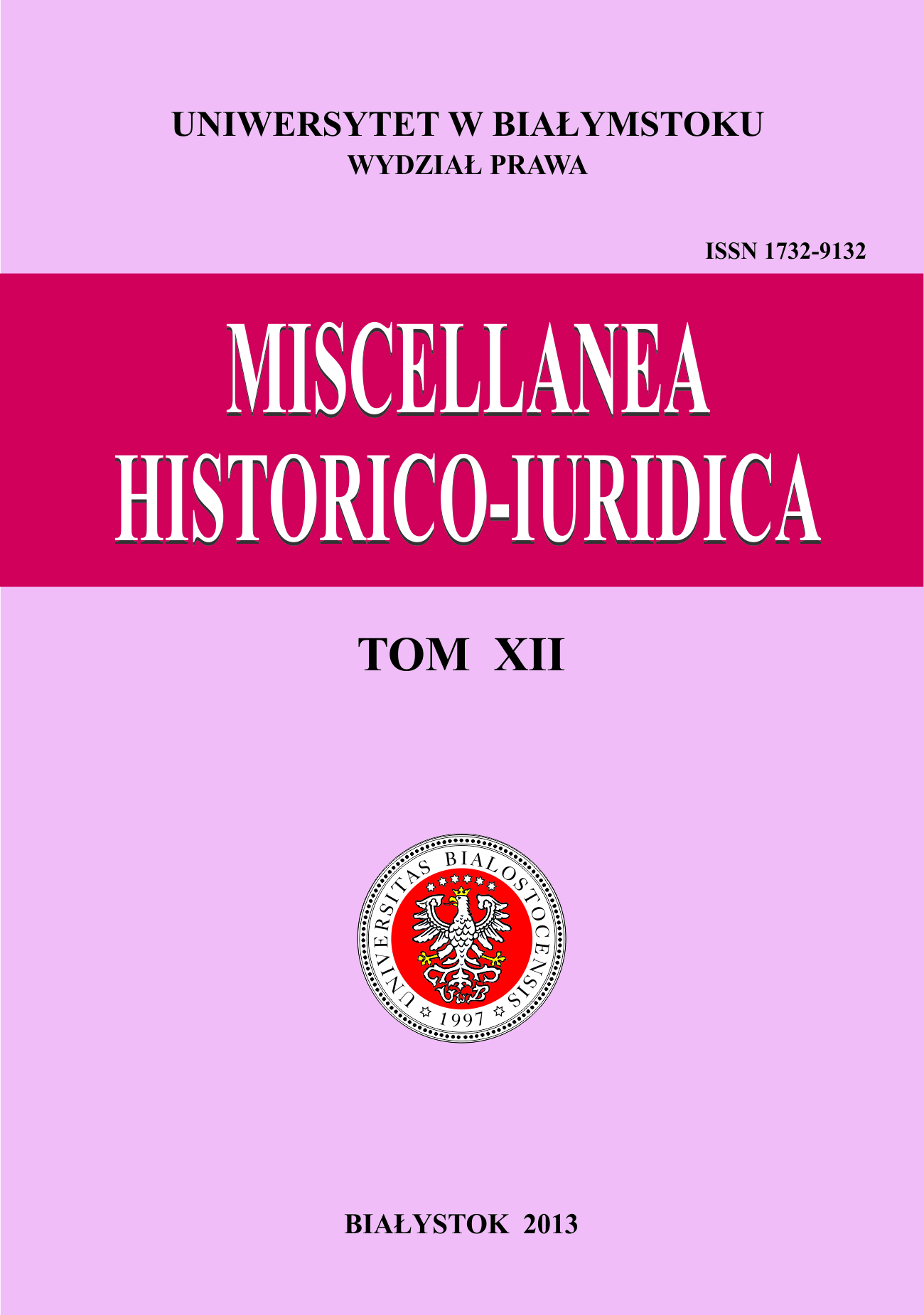Geneza i pozycja ustrojowa Trybunału Stanu w PRL
Słowa kluczowe:
Tribunal of the State, constitutional responsibility, Polish United Workers’ Party.Abstrakt
Institutions of the Tribunal of the State and constitutional responsibility were seen by the communist regime as irrelevant and unnecessary in a socialist system. The Supreme People’s State officers had only held a political responsibility before the Communist Party. Appointment the Tribunal of the State in March 26, 1982 and the introduction constitutional responsibility to the political system had to be regarded as an unexpected move by the communist authorities. The political decision on this issue was taken in the face of tumultuous events of August 1980 and born of the “Solidarity” movement, which was a threat to the hegemonic position of the Polish United Workers’ Party. In a public and inside the party came up a mainstream of the clearing. On each side could be heard voices of dissatisfaction of the way in which the state and the national economy were routed by the Political Bureau and the government. Changes at the highest echelons of power were not sufficient to calm these moods. Society and the masses of party members called for the public trial of those, who were responsibility for bringing the country to the economic crisis. In this way, the Tribunal of the State had become a tool in the hands of the new communists leaders, designed to achieve the political goals.







